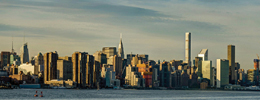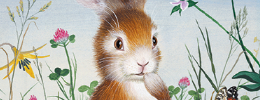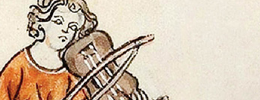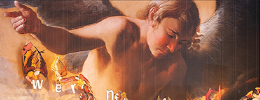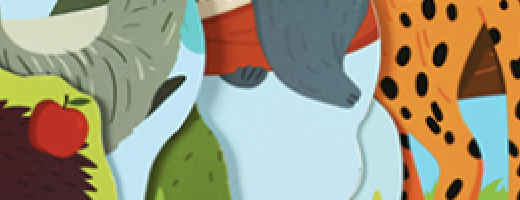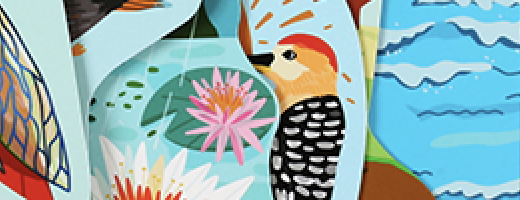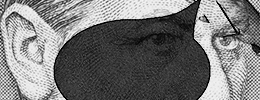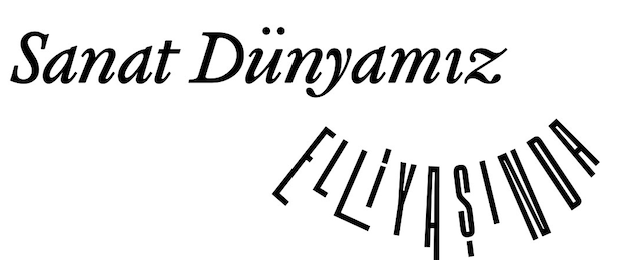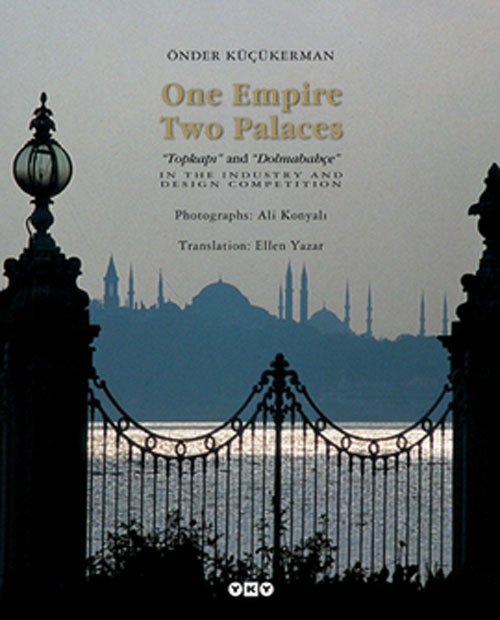
- A-Z
- KONU DİZİNİ
- Cogito
- Çizgi Roman
- Delta
- Doğan Kardeş
- Ansiklopedi
- Bilim
- Çocuk Çizgi Roman
- Deneme
- Destan
- Dünya Klasikleri
- Efsane
- Eğitim
- Etkinlik
- Gençlik
- Gezi
- Hikâye-Öykü
- İlkgençlik
- Klasik Dünya Masalları
- Masal
- Mitoloji
- Modern Dünya Klasikleri
- Okul Çağı
- Okul Öncesi
- Oyun
- Resimli Öykü
- Resimli Roman
- Resimli ve Sesli
- Roman
- Romandan Seçmeler
- Röportaj
- Seçme Denemeler
- Seçme Öyküler
- Seçme Parçalar
- Seçme Röportajlar
- Seçme Şiirler
- Seçme Yazılar
- Şiir
- Edebiyat
- Anı
- Anlatı
- Biyografi
- Deneme
- Derleme
- Eleştiri
- Gezi
- Günce
- İnceleme
- Libretto
- Mektup
- Mitoloji
- Modern Klasikler
- Otobiyografi
- Oyun
- Öykü
- Polisiye-Gerilim
- Roman
- Senaryo
- Söyleşi
- Yaşantı
- Yazılar
- Genel Kültür
- Halk Edebiyatı
- Masal
- Kâzım Taşkent Klasik Yapıtlar
- Koleksiyon Kitapları
- Lezzet Kitapları
- Özel Dizi
- Sanat
- Kare Sanat
- Sergi Kitapları
- Şiir
- Türk Şiir
- Tarih
- XXI. Yüzyıl Kitapları
- Sosyoloji - Sağlık
- TEKRAR BASIMLAR
- YENİ ÇIKANLAR
- ÇOK SATANLAR
One Empire Two Palaces
-
Kategori:
Özel Dizi -
Yazar:
Önder Küçükerman -
ISBN:
978-975-08-1333-7 -
Sayfa Sayısı:
404 -
Ölçü:
22 x 28.5 cm -
YKY'de İlk Baskı Tarihi:
Ocak 2007
One Empire, Two Palaces was written by the author by starting from the thought that the “Topkapı and Dolmabahçe Palaces, which are the golden links in a 500-year chain in the creation of the Turkish design and art heritage, are very unique structures that connect the creative thoughts of the Orient and the West to each other.” One Empire, Two Palaces brings to the present-day the voices of those who used the great will there, of those who designed and produced treasures and of those who experienced successes and failures at the Topkapı Palace. Subsequently, while following the traces of the amazing revolution experienced at the Dolmabahçe Palace, it is also making us hear the sounds of the Industrial Revolution. On the other hand, what was experienced during the period of construction of These two palaces did not only remain within the architectural spaces. They are also showing us that they presented the synthesis of many different design and creativity competitions, which complemented each other. Thus, this book is a very short story of this 500-year long course of creativity.
Foreword
In 1960, during the first days when I was a student at the İstanbul State Academy of Fine Arts, our teacher, painter Şeref Akdik, organized a tour to the Topkapı Palace.
During those years, I still did not know that very important things were hidden behind the silence and quietness of the thick walls of the Palace.
However, in the intervening years, we started to comprehend the situation better as we became better acquainted with our teachers at the Academy and subsequently, as we understood better the art and heritage they brought to us and interpreted.
We had teachers in three different groups.
The first group was gathered around a valuable heritage created during the Topkapı Palace period. They were describing with sensitivity the sources, processes of creativity and the works of art of this heritage and they were interpreting a major event. They were the great people of the traditional Turkish art, such as Emin Barın, Kerim Silivrili, Hüseyin Tahirzade, Sacit Okyay, Rıfkı Melül Meriç, Rikkat Kunt and Muhsin Demironat.
Our second group of teachers were giving the clues of a new period of creativity, which was experienced during the Dolmabahçe Palace period. They were very important people, such as Burhan Toprak, Cemal Tollu, Ahmet Kutsi Tecer, Salim Rıza Kırkpınar and Behçet Ünsal.
Whereas, our third group of teachers were great persons, who symbolized the creative power of the Yıldız Palace, which was constructed later, and finally, of modern Turkey that was kneaded with the West. They were great people, such as Sabri Berkel, Zeki Faik İzer, Bedri Rahmi Eyüboğlu, Edip Hakkı Köseoğlu, Nurullah Berk, İsmail Hakkı Oygar and Hayati Görkey.
However, I also had very special teachers, who tried to teach us the relationships and integrity in the depths of this great design synthesis. Very important people were among these, such as Sedad Hakkı Eldem, Utarit İzgi, Feridun Akozan, Kerim Silivrili and Rıfkı Melül Meriç.
The truth of the matter is that these teachers of ours, who were the most important people of the period, wanted to convey the profound sources of our creativity to the younger generations at a well-established art institution, such as the Academy of Fine Arts and I was able to understand much later that they wanted to symbolize these on the Topkapı Palace and the Dolmabahçe Palace. Whereas, what influenced me the most were the studies and explanations of my teacher Rıfkı Melül Meriç on the Topkapı Palace and the Ehl-i Hiref.
It seems that he was giving us, to the new generations of art, an illuminated road map hidden in the 500-year depths of our creativity heritage.
* * *
How could we have known in the 1960s that these two palaces were the golden links of a 500-year chain in the creation of the sources of the Turkish design and art heritage of today?
But now I know it.
If you also want to know it, then on a quiet day, press your ear to one of the thick walls of the Topkapı Palace and close your eyes. There you can hear the voices of those who used great will, those who designed riches, those who produced and those who experienced successes and failures. Then when you look around, you will understand better what you have heard.
The Topkapı Palace is the palace of silence. There, in general, the voices of people, the sound of the wind, the sound of birds, the sound of the sea and somewhat the sound of horseshoes could be heard.
Later, go to the Dolmabahçe Palace and press your ear to the wall on a quiet day. It is very different there. You hear the sounds of industry from the vibrations in the walls. You hear the sounds of the steam engine, motor, steamboat, central heating system, elevator, streetcar, sewing machine and typewriter, in summary, you hear the sounds of the Industrial Revolution.
Later, press your back against the Archaeology Museum within the Topkapı Palace and first of all look to your right and you see the Çinili Köşk, which is the first palace that Sultan Mehmed the Conqueror had built, then look to your left and you see the first School of Fine Arts.
I wonder why these three important buildings came together in such a close manner?
First of all, go to the Museum of Fine Arts at the Dolmabahçe Palace in order to understand this. I wonder why Great Atatürk gave such a palace building to the School of Fine Arts in 1937 as the first museum of Turkish arts?
It was necessary to bring together within a correct place the heritage of a 500-year creativity competition.
After all of these, go to the Tophane, which is one of the foundation stones of the Turkish industry and design story. Now, it is an art center.
Thus, it is for this reason that the Topkapı Palace and the Dolmabahçe Palace, which are these two important symbols, are the two basic links of a very unique and 500-year old golden chain, which connects the creative thoughts of the East and the West to each other.
* * *
Actually, we did not know at that date that the basic division in the educational program of the School of Fine Arts, which was established in 1883, was “Oriental Arts” and “Western Arts”. First of all, they taught this to us at the Academy. Moreover, we did not know completely that this very important and avant-garde school was established to create the synthesis of the bewildering change experienced with the Topkapı Palace and the Dolmabahçe Palace. This was conveyed to us by the great teachers of the Academy and they held very different and shining lights under their own names.
In summary, I believe that what was experienced in the period of these two palaces could be revealed completely with the bringing together of many different design and creativity competitions, which complement each other, not only within architectural places.
The Topkapı Palace is the 350-year symbol of a design process created by a unique and very meaningful Oriental thought. In contrast to this, the 150-year old Dolmabahçe Palace, which is a striking and extraordinarily effective symbol of the Industrial Revolution, defines a new period of this heritage within a universal change.
The truth of the matter is that these two palaces, which were created one after the other, created a unique model by adding to each other with mastery the symbolic characteristics of two separate worlds. These characteristics, by strengthening each other, and the subsequent developments set forth a heritage of creativity and strength in the art, design and industry milieu of the modern Turkey.
However, many things have changed during the long years in which these two palaces were designed and functioned. Perhaps the most important of these are the radical changes in the thoughts of door, entrance, light, window and illumination, the basic values of the concepts of space. Bewildering competitions were experienced in the dimensional values of largeness and smallness. Universal relationships and symbols, which enriched the transformation of traditional thought to the Future, were experienced.
Besides these, changes were also experienced in the basic design view, product concepts and values, creativity values and in the symbols of the reality of industry and production.
With the support of all of these, the most important artistic institution was formed in the change of Turkish art, such as Industry and the School of Fine Arts within the 500-year period. Perhaps most important of all, the values of Individual Mastery and Universal Creativity, which nourish the Turkish art of today, created a very unique line of development.
In summary, one empire and two palaces have been presented as a gift to civilization by supporting a tremendous change and by creating the amazing works of art and results of the present-day Turkish industry, art and design.
This book is a very brief story of this 500-year long course of creativity.
Consequently, I thank and dedicate my book with respect to my very esteemed teachers at the Academy of Fine Arts in the 1960s, who whispered quietly and with a great sensitivity to our generation the heritage of this great creativity.
Önder Küçükerman

